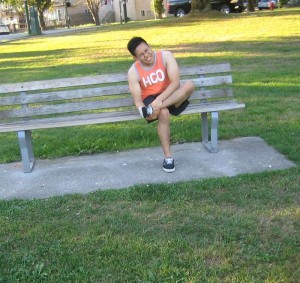Sesamoiditis is defined as inflammation of the sesamoid bones that are found beneath the joint at the base of the big toes. The condition can be triggered by acute injury or prolonged overuse. The discomfort can also be brought about by stress fractures of the sesamoid or even osteonecrosis.
What are the signs?
The usual indications of sesamoiditis include the following:
- Foot pain during weight-bearing
- Discomfort if pressure is placed directly on the sesamoid bones
- Pain if the big toe is pulled forcefully upwards
Other treatment options include rest, avoiding activities that irritate the bone, application of ice and non-steroidal anti-inflammatory drugs (NSAIDs).
A diagnosis is confirmed with an X-ray particularly if a fracture on the sesamoid bone is suspected. In some cases, an MRI is carried out, but bone scans are also effective in identifying issues with the sesamoid bones.
Management of sesamoiditis
The treatment is started with changing the footwear used. Choosing footwear with adequate cushion can alleviate the pressure on the sesamoid bone.
Specific inserts or customized orthotics can be utilized to distribute the forces away from the inflamed bone. Other treatment options include rest, avoiding activities that irritate the bone, application of ice and non-steroidal anti-inflammatory drugs (NSAIDs).
The recovery from a sesamoid injury might take months. Athletes require a longer period of limited weight-bearing or mobility.

